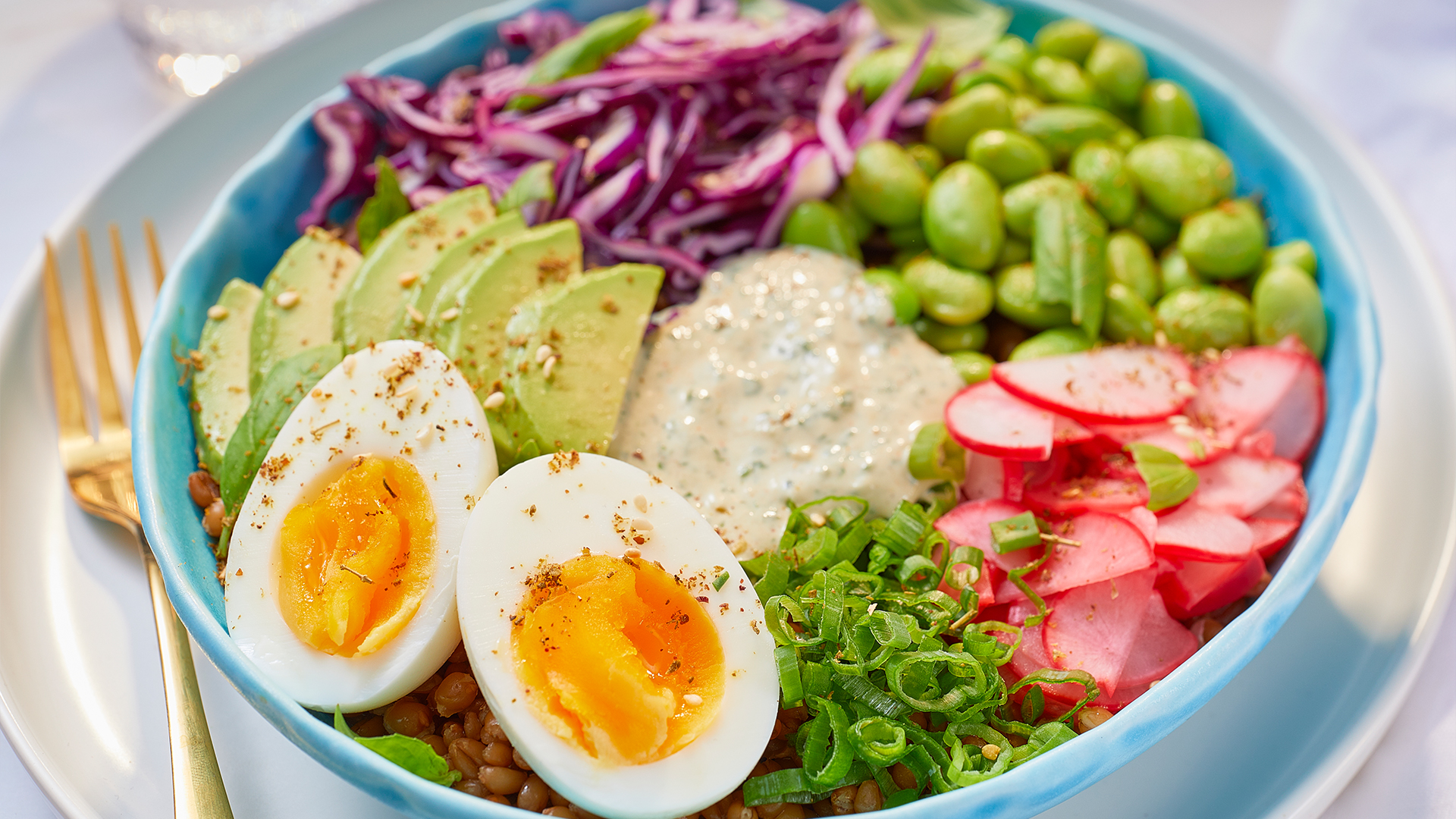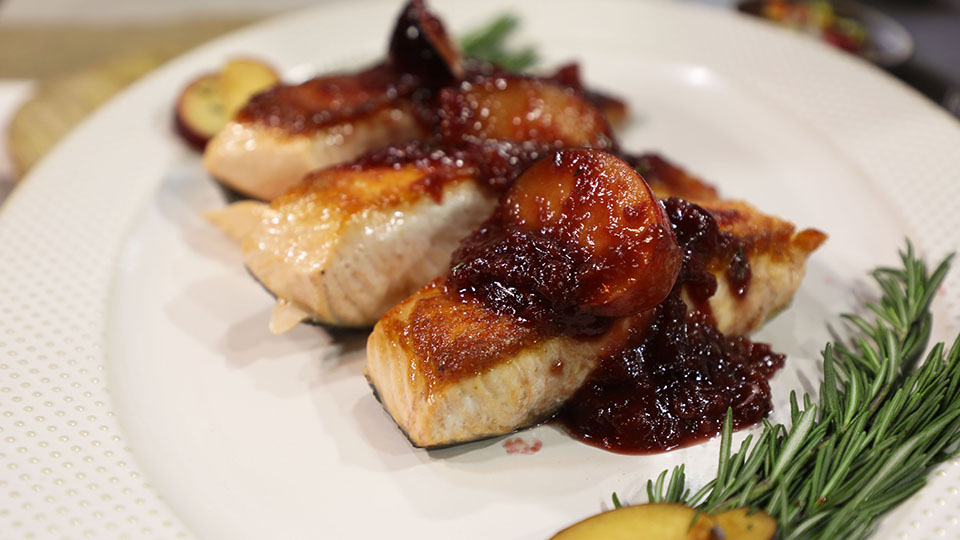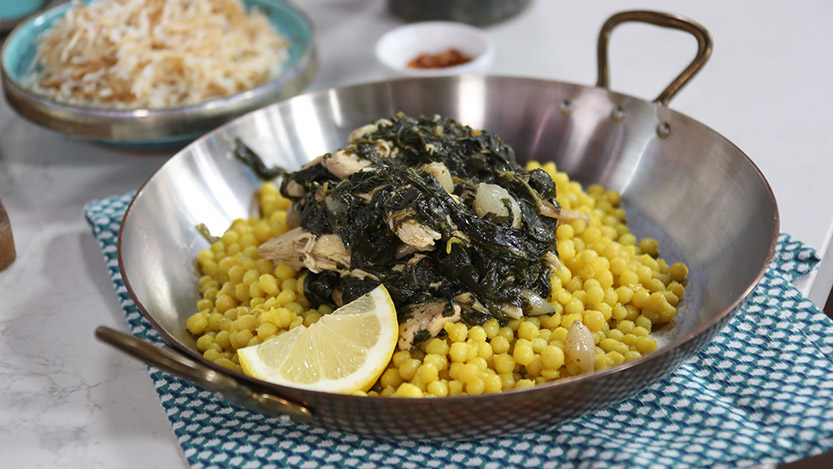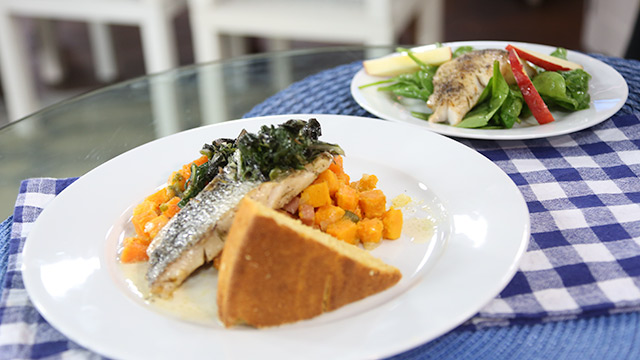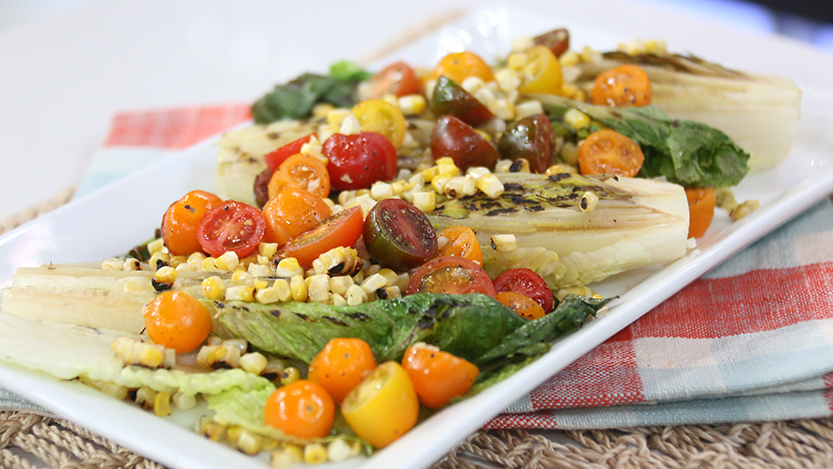CTV Recipes
Search Recipes
Easy fermented vegetables
Ingredients
- 2 tablespoons Himalayan salt sea salt or pickling salt
- 1-litre un-chlorinated water
- 1.5 cups cauliflower, small florets, washed
- 6 radishes, washed, cut in quarters
- 1 carrot large, washed, cut in medium strips
- 1 cup green beans, ends trimmed, washed
- 10 cloves garlic peeled, whole, washed
- 5 green chillies, whole, washed
- 1 tablespoon black peppercorns
Directions
- Sterilize jars. You can do this by washing them thoroughly in warm soapy water. Don’t forget the lids. Dry them and send the jars (not the lids) in the oven at 150 degrees Fahrenheit for 15 minutes to sterilize.
- Rinse vegetables in un-chlorinated water rather than tap water. Everyone’s tap water comes from different sources; what’s important is that the water should be free of contaminants. If the water is too mineral-rich or doesn’t have enough minerals, it will affect the fermentation process. Bear in mind, chlorinated water can inhibit fermentation, so use spring, distilled, or filtered water if you can.
- Opt for clean jars. Make sure the jars are super clean and dry before starting. I use 2-quart jars.
- Prepare vegetables. You have several options for fermented vegetables: grating, shredding, chopping, slicing, or leaving whole. It’s really up to you. Since carrots, radishes and beets are pretty dense, chopping these help lactic acid penetrate the vegetable. In my fermented vegetables recipe, I chose some of my favourite veggies to get a variety of nutrients. I chopped some while leaving others whole.
- Use salt to ferment vegetables. Salt promotes fermentation by inhibiting the growth of undesirable microorganisms and favours the growth of desirable Lactobacilli bacteria. Salt also offers a slower rate of fermentation by suppressing mould. For this reason, cultured vegetables to be stored for extended periods. Plus, salt results in vegetables that are delicious and crunchy because it hardens the pectins in the vegetables. Not to mention, it could be less expensive than using a starter culture kit.
- Use the right type of salt. Use salt that is free of iodine and/or anti-caking agents, which can inhibit fermentation.
- Don’t guess amounts and wing it! Use measuring jugs, weighing scales and measuring spoons for best results.
- Submerge vegetables completely. Ensure the vegetables are submerged in the saltwater. You can add some more water on top to cover the vegetables completely.
- Label the jar with the date you started fermentation. That way, you’re not left guessing.
- Seasons matter! In the summer, the vegetables will ferment faster than the winter, where it could take up to seven days.



